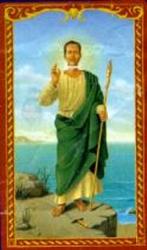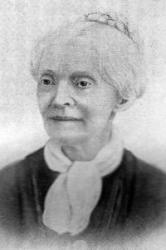1675 - 1723 Person Name: Johann D. Herrnschmidt Author of "Praise Thou the Lord, O My Soul" in The Cyber Hymnal Herrnschmidt, Johann Daniel, was born April 11, 1675, at Bopfingen, in Württemberg, where his father, G. A. Herrnschmidt, was from 1673-1702 diaconus, and 1702-1714 Town preacher. He entered the University of Altdorf in 1696 (M.A. 1698), and in the autumn of 1698 went to Halle. In the spring of 1702 he became assistant to his father, and in July, 1702, Heifer at the Town church. In 1712 he became superintendent, court preacher and consistorialrath at Idstein, and in the same year graduated D.D. at Halle. He was finally, in 1715, appointed Professor of Theology at Halle, and in 1716 also sub-director of the Orphanage and the Padagogium there. He died at Halle, Feb. 5, 1723 (Koch, iv. 349-354, 569, &c). He was one of the best hymnwriters of the older Pietistic school. His hymns are Scriptural, and mirror his inner life, but do not possess much poetic force. They were almost all written during his first residence at Halle, 1698-1702, and appeared mostly in Freylinghausen's Geistreiches Gesang Buch1704. Three have passed into English, viz.:—
i. Gott wills machen, dass die Sachen. Trust in God. 1704, No. 417, in 17 stanzas of 6 lines, repeated as No. 706 in the Unvfälschter Liedersegen, 1851. It is founded on the Gospel for the fourth Sunday after Epiphany (St. Matt. viii. 23-27); and is full of clear cut, almost proverbial sayings. Translated as: (1) "God will make it, canst thou take it," in the Supplement to German Psalmody, ed. 1765, p. 63. (2) "Storms and winds may blow and batter," as No. 455 in the Moravian Hymn Book 1789. In the 1801 and later eds. (1886, No. 626), it begins, "Storms of trouble may assail us." (3) “God so guides us, what betides us," by N. L. Frothingham, 1870, p. 251.
The two remaining hymns (ii., iii.) are annotated under Various. [Rev. James Mearns, M.A.]
--John Julian, Dictionary of Hymnology (1907)
J. D. Herrnschmidt


 My Starred Hymns
My Starred Hymns









